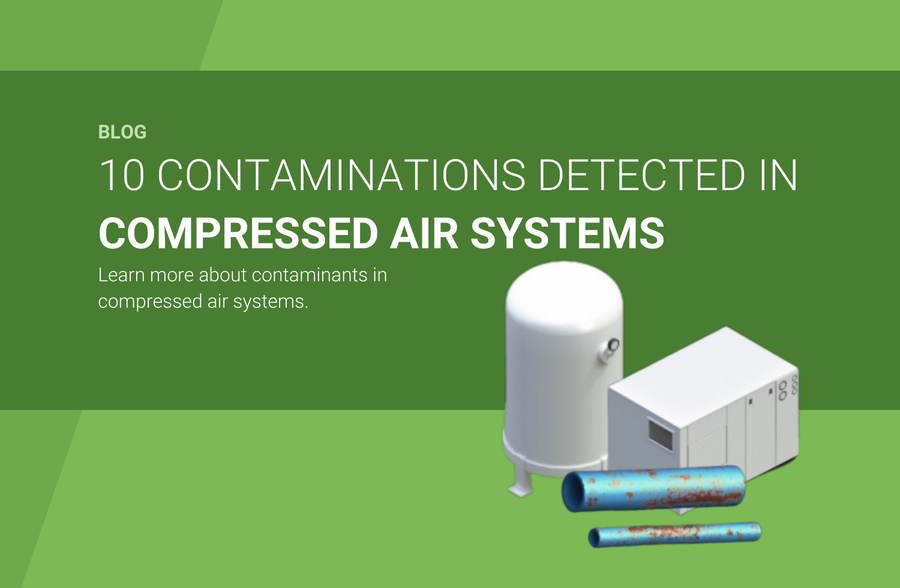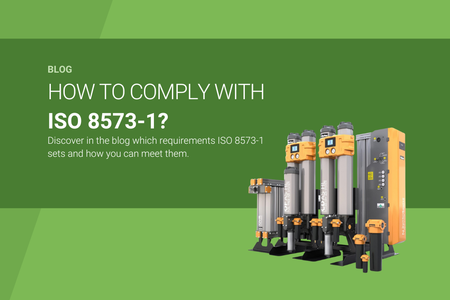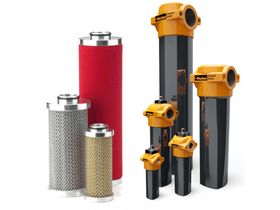
In (food) production facilities, compressed air remains crucial for manufacturing processes. For example, consider supplying driving power or automating the production process. Compressed air can also come into direct contact with the product or be used for generating gases. A clean, dry, and reliable compressed air supply is essential to maintain (cost) efficiency in production.
Invisible Contaminations
Many production managers and quality managers are often unaware of the contaminants present in a compressed air system and the dangers associated with them. Poorly or untreated compressed air contains many potentially harmful and dangerous contaminants. These contaminants (or sources of contamination) must be removed or reduced to an acceptable level. In the food and pharmaceutical industries, this is even a legal requirement.
What can you do about sources of contamination?
A targeted analysis is the recommended way to identify risks and implement measures. Understanding the sources of contamination is fundamental to an appropriate approach. Below are the 10 most common contaminants found in any standard compressed air system.

These come from four different sources of contamination.
CONTAMINATION SOURCE 1: AMBIENT AIR
Compressors draw in large amounts of ambient air, which fills the system with a continuous supply of invisible contaminants such as:
- Water vapor
- Atmospheric dirt/dust
- Oil vapor
- Micro-organisms
CONTAMINATION SOURCE 2: THE COMPRESSOR

In addition to contaminants from the atmosphere, compressors – whether oil-free or not – will introduce small amounts of oil due to the compression process. This oil appears as:
- Liquid oil
- Oil aerosols
- Oil vapor
After the air is compressed, condensation occurs as the air cools in the aftercooler, resulting in the following contamination:
- Water
- Water vapor
- Water aerosols

CONTAMINATION SOURCE 3: STORAGE TANK
The now highly contaminated compressed air is often stored in a tank where large amounts of contaminants accumulate. These contaminants lead to chemical reactions and oxidation, which in turn introduce additional contaminants into the compressed air system.
CONTAMINATION SOURCE 4: PIPELINES
As with the storage tank, contaminants are not only stored in the pipeline network but the distribution of often warm compressed air through the network causes widespread condensation, leading to more moisture contamination. This can promote corrosion and bacterial growth. For example:
- Rust
- Mineral/dirt buildup (pipe scale)
Proper application of compressed air conditioning can remove or reduce the above contaminants to an acceptable level. For some companies, validation of compressed air according to a standard is essential for continuing the production process.
What can Avilo do about sources of contamination?
Do you have a compressed air system, or are you planning to purchase one? Avilo assists with:
- Advising on the correct component selection
- Effective and periodic maintenance
- Accurate monitoring of your compressed air
 EN
EN
 NL
NL





